Getting a visa rejection or running into problems at the border can turn your dream vacation into a nightmare faster than you can say ‘denied boarding.’ Most visa disasters are completely avoidable if you know what to watch out for. Simple typos trigger red flags, while timing mistakes leave you scrambling — these slip-ups happen to seasoned travelers and newbies alike.
Visa officers aren’t trying to trick you, though they need everything done correctly according to their specific rules. Think of it like following a recipe where missing one ingredient ruins the whole dish. Each country has its own quirks and requirements, yet certain mistakes pop up repeatedly across all destinations.
Here is a list of 15 visa mistakes that can completely derail your travel plans and how to avoid them.
Applying Too Close to Your Travel Date
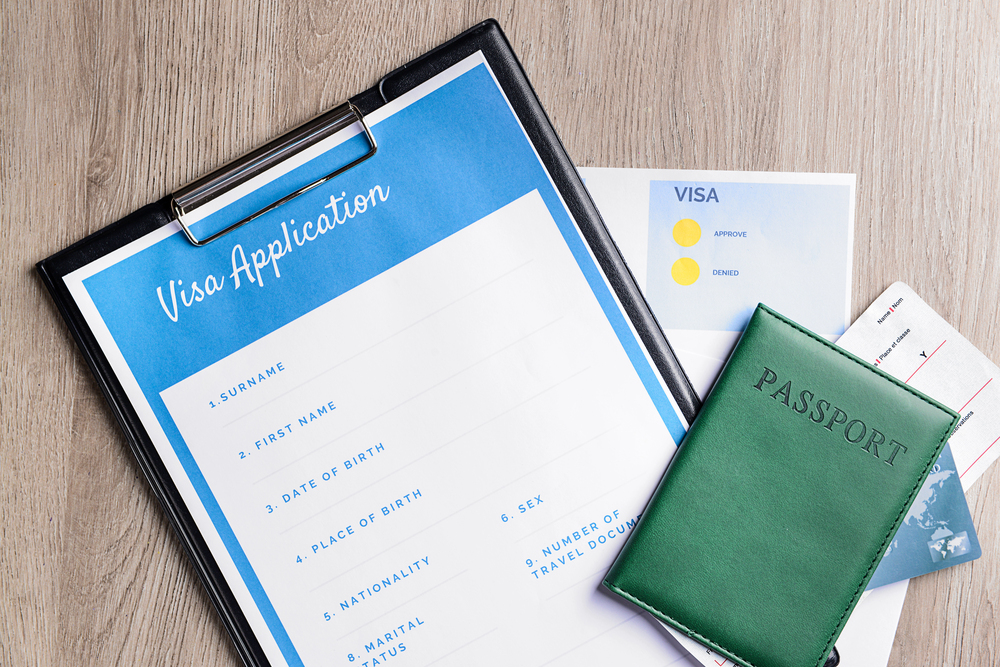
Last-minute visa applications are like playing Russian roulette with your vacation plans. Processing times vary wildly between countries — stretching from a few days to several months depending on your nationality and destination. Even ‘fast-track’ processing services can’t always save you if there’s a backlog or your application needs additional review.
Apply at least two to three months before your intended travel date, giving yourself room to fix mistakes or deal with unexpected delays like embassy closures.
Passport Expiring Within Six Months
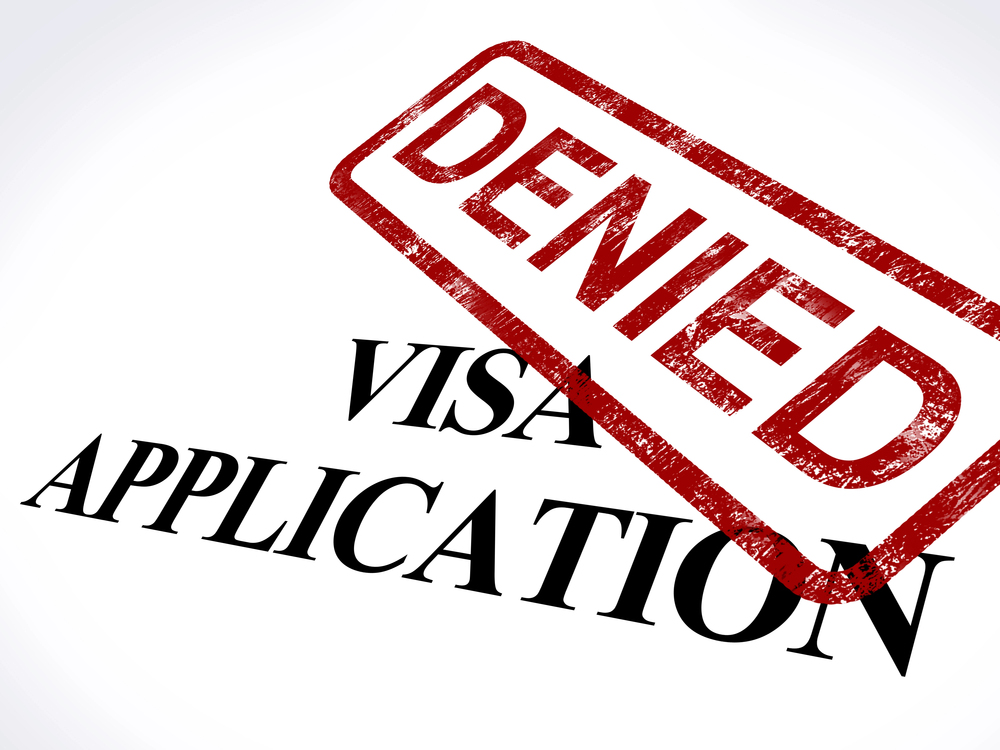
Many travelers discover the dreaded ‘six-month rule’ only when they’re standing at the check-in counter being told they can’t board their flight. Most countries require your passport to be valid for at least six months beyond your planned departure date — not just your entry date.
Airlines often won’t even let you board if your passport doesn’t meet this requirement, since they’ll be responsible for flying you back if you’re denied entry. This rule exists because countries want to avoid situations where your passport expires while you’re visiting.
Like Travel Pug’s content? Follow us on MSN.
Submitting Incomplete or Incorrect Documentation
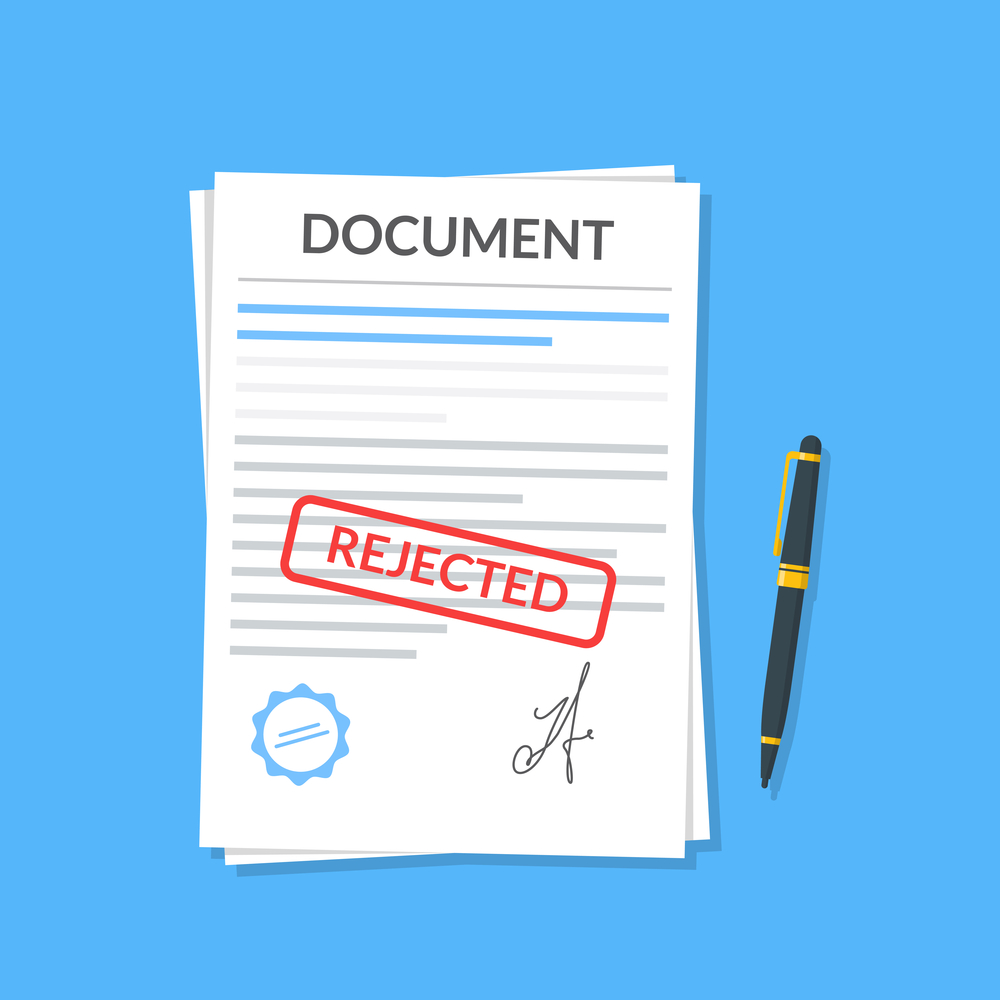
Visa applications are like job applications on steroids — every document needs to be perfect and complete. Missing even one seemingly minor document can result in automatic rejection or significant delays while officials request additional information. Each country has its own specific checklist, though what works for a European visa won’t necessarily work for an Asian one.
Common documentation mistakes include forgetting bank statements from the right time period — providing photos that don’t meet exact size requirements, or submitting documents that aren’t properly translated.
Name Mismatches Between Documents
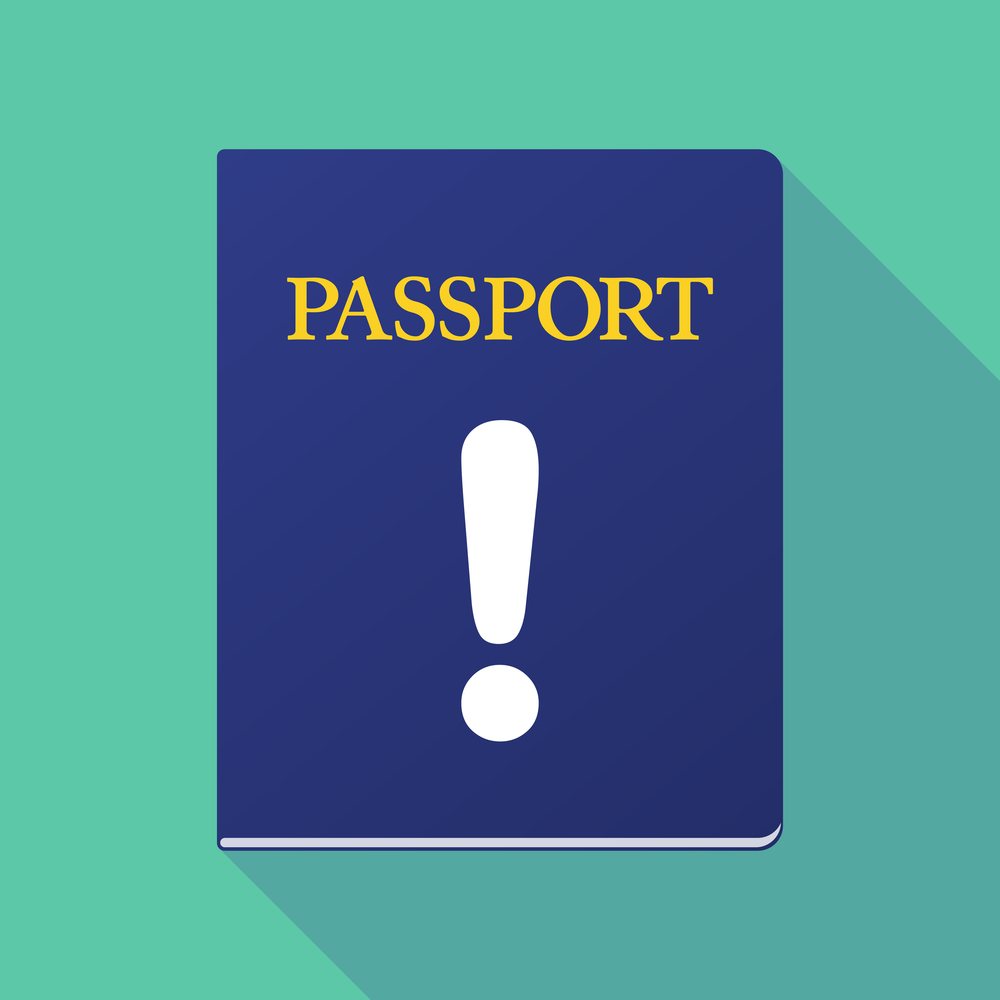
Your name needs to match exactly across all documents: passport, visa application, flight tickets, and hotel reservations. Even minor variations like using ‘Bob’ instead of ‘Robert’ or including a middle initial on some documents but not others can cause major headaches.
Immigration systems are increasingly computerized and automated — meaning they flag discrepancies that a human might overlook as obviously referring to the same person. This becomes especially tricky for people with long names, multiple middle names, or names that don’t translate easily between alphabets.
Choosing the Wrong Visa Type
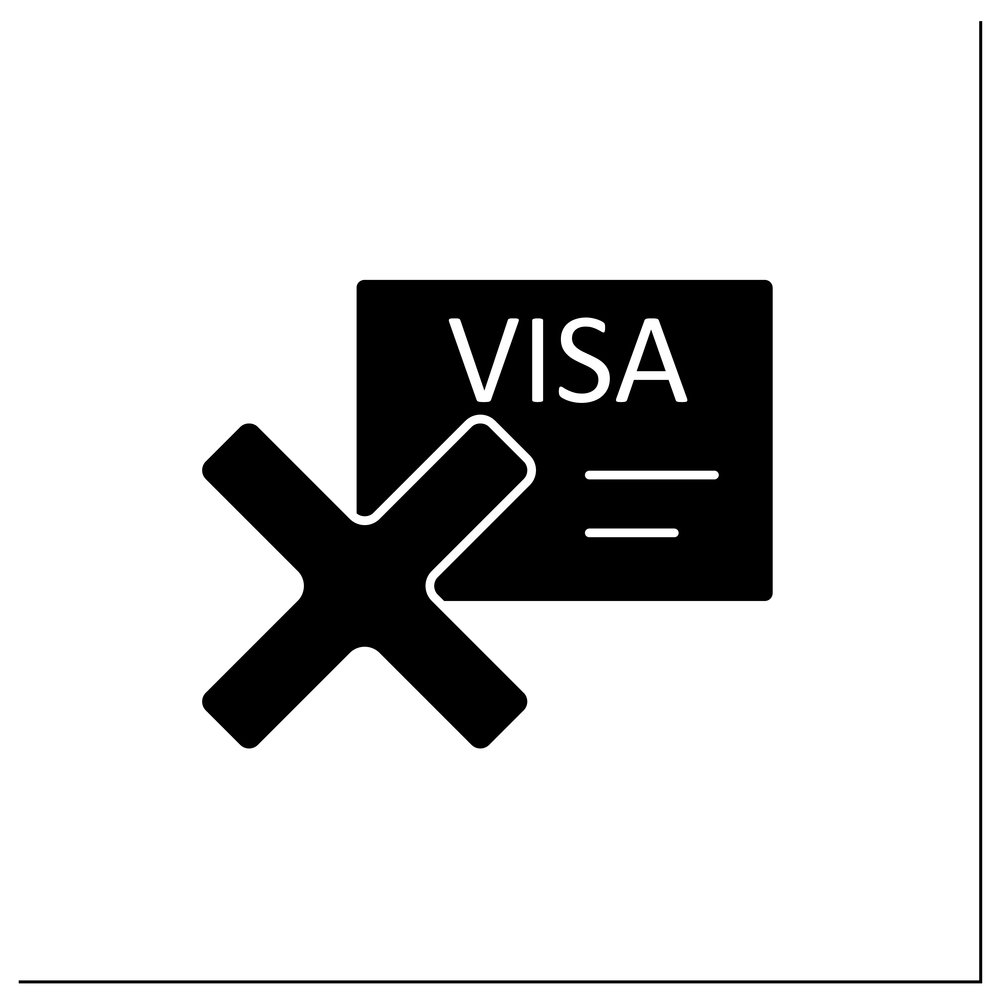
Visa categories aren’t interchangeable, and picking the wrong one is like trying to enter a concert with a sports ticket — it’s not going to work. Tourist visas don’t allow business activities, while business visas often don’t allow leisure travel, and transit visas won’t let you leave the airport. Each visa type comes with specific permissions and restrictions that immigration officers take seriously.
The confusion often happens because the differences between visa types aren’t always obvious to travelers — yet using a tourist visa for business meetings can result in deportation and future visa bans.
Like Travel Pug’s content? Follow us on MSN.
Providing False or Inconsistent Information

Honesty isn’t just the best policy with visa applications — it’s the only policy that works long-term. Immigration authorities have sophisticated systems for checking information and cross-referencing your current application with previous ones.
Getting caught in a lie, even a small one, can result in immediate rejection and a multi-year ban from that country. Common lies include inflating your salary — claiming to be employed when you’re actually freelancing, or saying you’ve never been denied a visa when you have.
Inadequate Financial Documentation

Proving you can afford your trip isn’t just about showing you have money — it’s about demonstrating financial stability and ties to your home country. Bank statements with sudden large deposits right before your application look suspicious, as do accounts with barely enough money to cover your stated travel costs.
Immigration officers want to see consistent income and spending patterns that suggest you’re a legitimate traveler who will return home. Your financial proof needs to align with your stated travel plans — plus your claimed occupation.
Uploading Poor Quality Photos
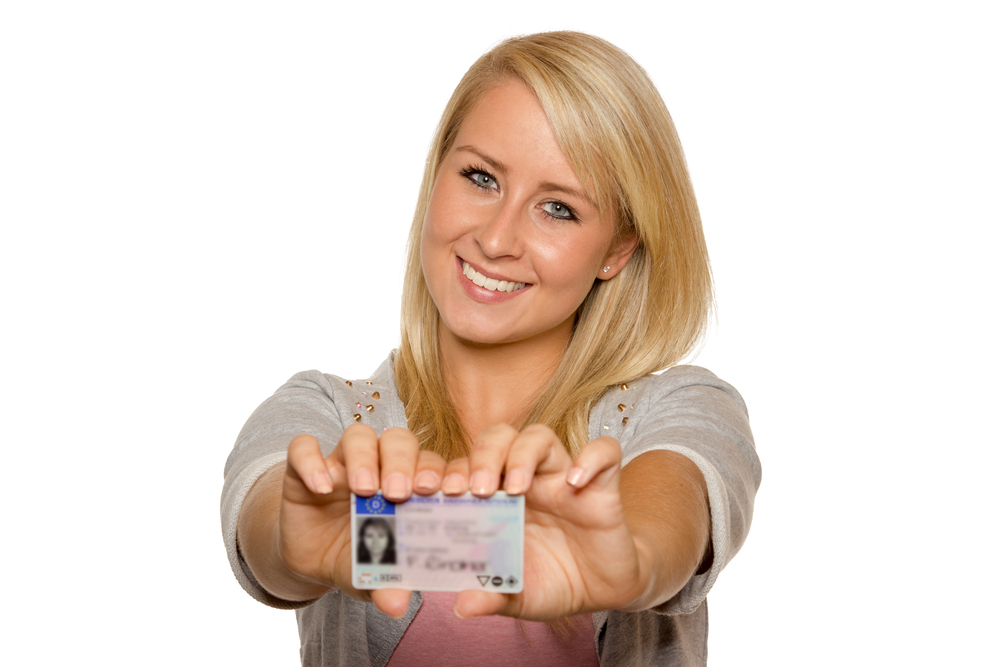
Visa photos have strict requirements that make your driver’s license photo look casual by comparison. The wrong background color, shadows on your face, incorrect dimensions — or even the wrong facial expression can result in rejection.
Each country has specific photo requirements, and what works for a U.S. passport might not work for a Chinese visa. Professional photo services that specialize in visa applications are worth the investment — they understand these technical specifications that often can’t be met with smartphone cameras.
Like Travel Pug’s content? Follow us on MSN.
Applying at the Wrong Embassy or Consulate

Not all embassies and consulates process the same types of visas, while some only serve specific geographic regions. Applying at the wrong location can result in automatic rejection regardless of how perfect your application is.
For countries with multiple entry points or complex visa systems — you need to apply at the specific embassy or consulate that serves your area and handles your visa type. Schengen visa applications need to go to the embassy of your main destination country — not just any European country’s embassy.
Insufficient Travel Insurance Coverage
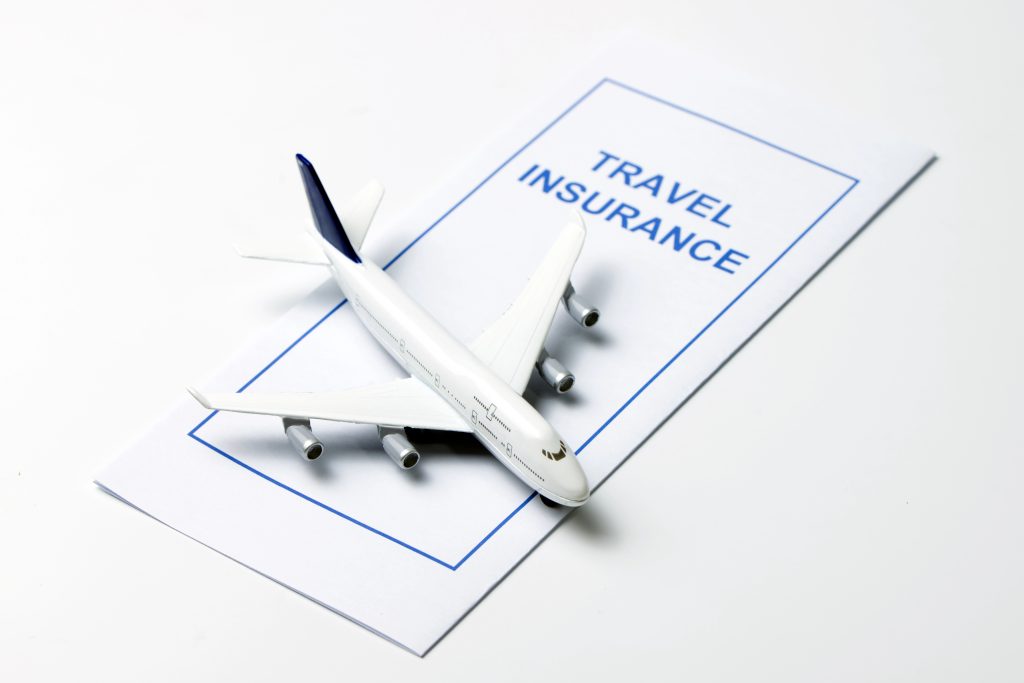
Travel insurance requirements aren’t suggestions — they’re mandatory minimums that must be met exactly. Many countries, especially in Europe, require specific coverage amounts, particular types of medical coverage — and insurance that’s valid for your entire stay plus a few extra days.
Buying the cheapest travel insurance you can find online often results in coverage that doesn’t meet visa requirements, even if it seems adequate for your personal needs. The insurance needs to cover emergency medical expenses, medical evacuation, and sometimes repatriation costs up to specific dollar amounts.
Ignoring Passport Blank Page Requirements
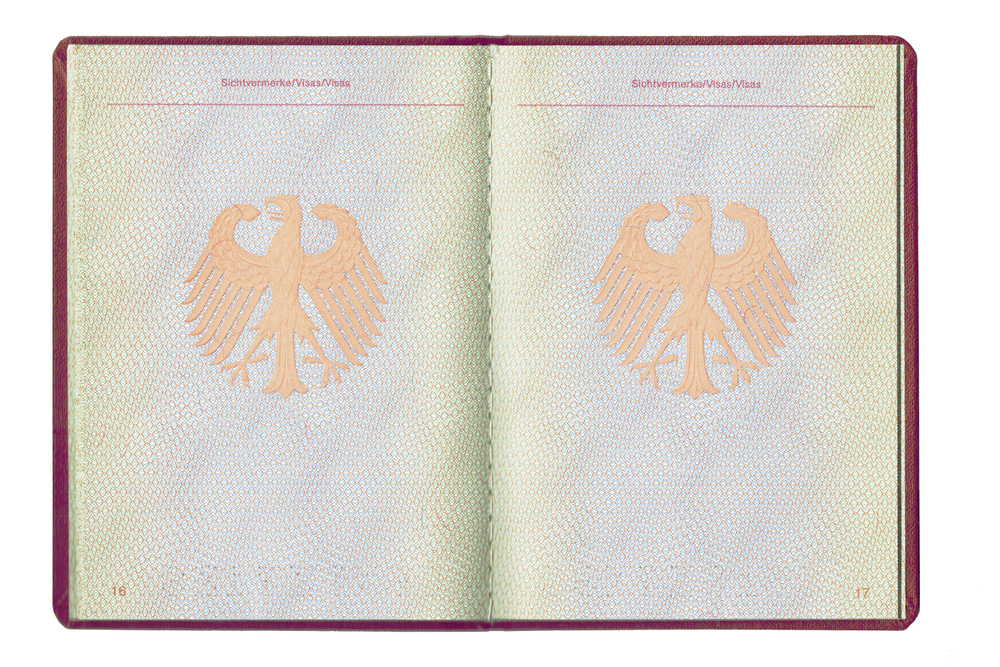
Countries don’t just need space for their entry stamp. Many require multiple blank pages for visas, exit stamps, and additional endorsements.
Running out of passport pages mid-trip can strand you in a country or prevent you from continuing to other destinations on your itinerary. The definition of ‘blank page’ is also stricter than you might think – pages with any markings, stamps from other countries, or even slight damage often don’t count as usable space.
If you’re planning a multi-country trip, calculate how many pages you’ll need for all destinations plus some extras for unexpected stamps or visa extensions.
Like Travel Pug’s content? Follow us on MSN.
Misunderstanding Visa Validity vs Permitted Stay
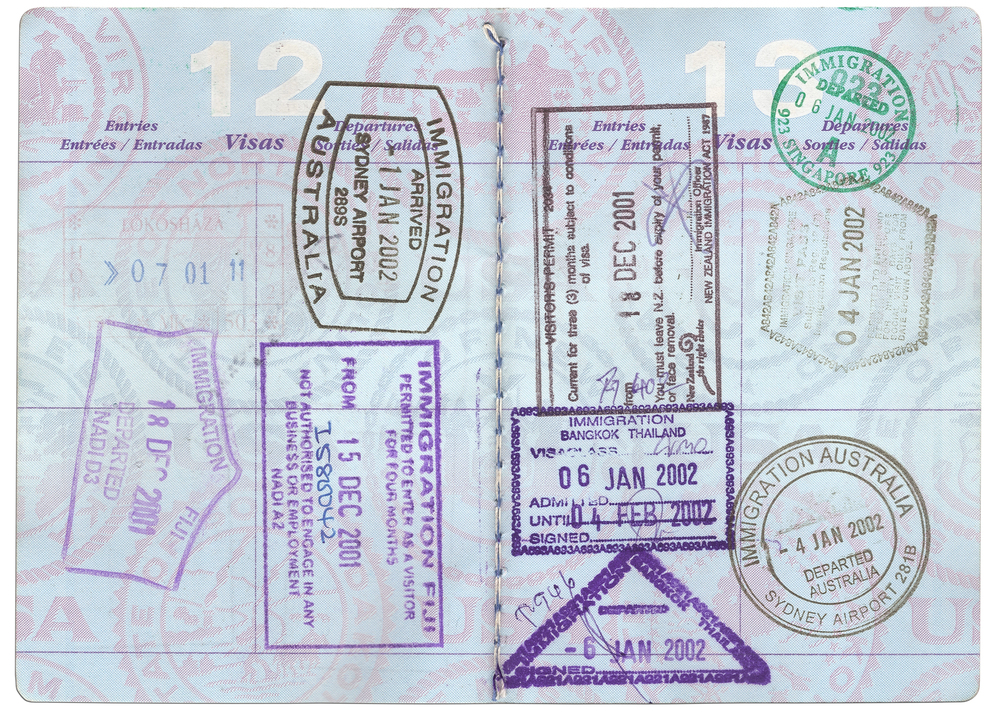
A common and expensive mistake is confusing how long your visa is valid with how long you’re allowed to stay in the country. A one-year multiple-entry visa doesn’t mean you can stay for one year.
It means you can enter the country multiple times during that year, though each stay might be limited to 30, 60, or 90 days. Overstaying your permitted time, even by a few days, can result in fines, deportation, and bans from returning.
The length of stay is determined by the immigration officer when you enter the country, not by the expiration date on your visa.
Failing to Declare Previous Visa Rejections

Visa application forms ask about previous rejections for good reason, and lying about them is one of the fastest ways to get banned from a country. Immigration databases increasingly share information between countries, making it easier for officials to discover undisclosed rejections.
Even if the previous rejection was from a different country or happened years ago, failing to declare it shows dishonesty that officials take very seriously. Previous rejections don’t automatically disqualify you from getting a new visa, yet lying about them does.
Booking Flights Before Visa Approval
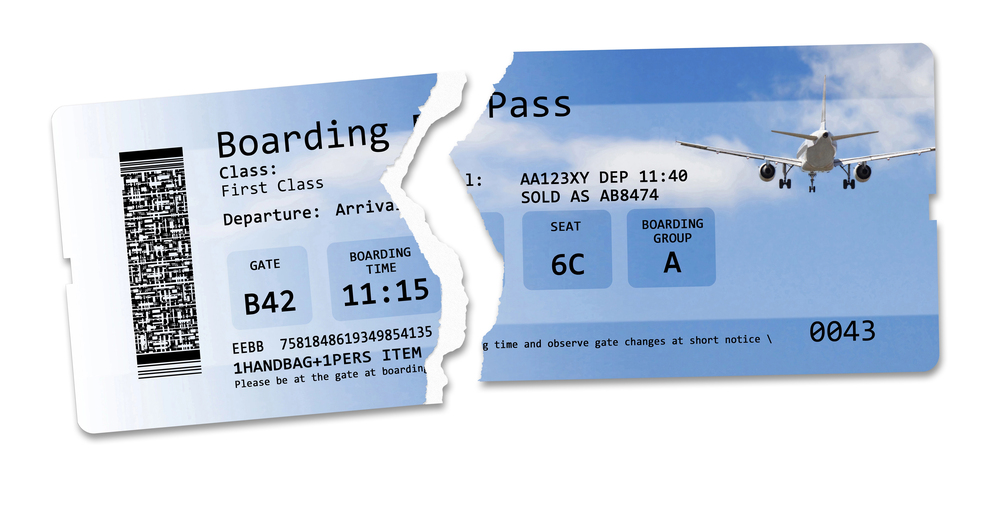
Airlines and travel agents love to pressure you into booking flights early to get better prices, though this strategy can backfire spectacularly if your visa gets rejected or delayed. Non-refundable tickets become worthless paper if you can’t travel, while even ‘flexible’ tickets often have restrictions that make changes expensive.
Visa processing times are unpredictable, and booking flights based on optimistic timelines rather than realistic ones is a recipe for stress and financial loss. Many airlines offer temporary holds on reservations that satisfy visa requirements without the risk of losing money.
Like Travel Pug’s content? Follow us on MSN.
Not Tracking Application Status Properly

Modern visa processing involves multiple steps and handoffs between different agencies, and applications can get stuck at various points without you knowing. Many countries offer online tracking systems, yet these often provide minimal information and aren’t updated in real-time.
Waiting passively for your visa to arrive without monitoring its progress can result in missed deadlines or lost applications that could have been resolved with early intervention. Set up a system to check your application status regularly and keep records of all reference numbers, submission dates, and contact information.
When Preparation Meets Opportunity
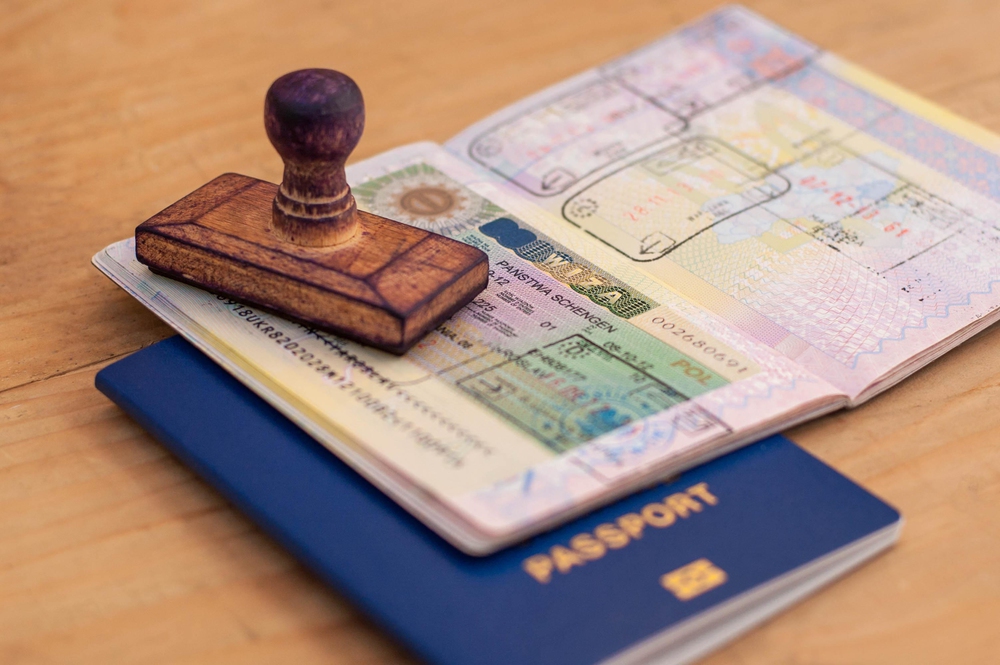
These visa mistakes might seem like small details, though they’re the difference between boarding your flight with confidence and watching it leave without you. The countries setting these requirements aren’t trying to be difficult. They’re managing millions of travelers while maintaining security and immigration control.
Understanding their perspective makes it easier to give them exactly what they need in the format they expect. The travelers who glide through visa processes aren’t necessarily more experienced or well-connected – they’re just more thorough in their preparation and treat visa applications like the serious legal documents they are.
More from Travel Pug

- 20 Best Beach Towns in the Carolinas
- 13 Destinations Where Tourists Regularly Regret Their Trip
- 20 Things You Actually Get in First Class
- 20 Small Airports With Aviation Museums
- 20 Places in the U.S. That Are Perfect for a Reset Trip
Like Travel Pug’s content? Follow us on MSN.
